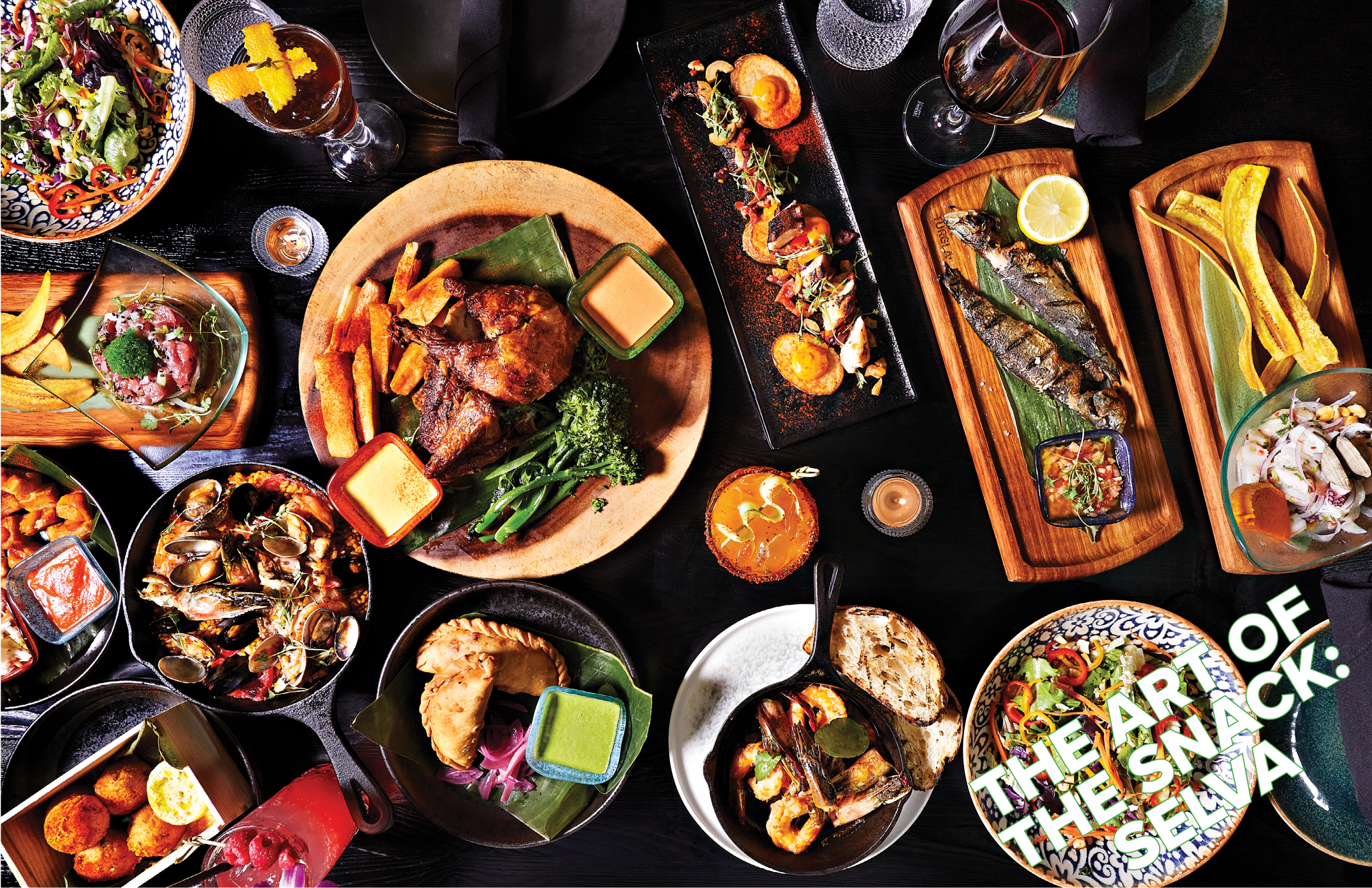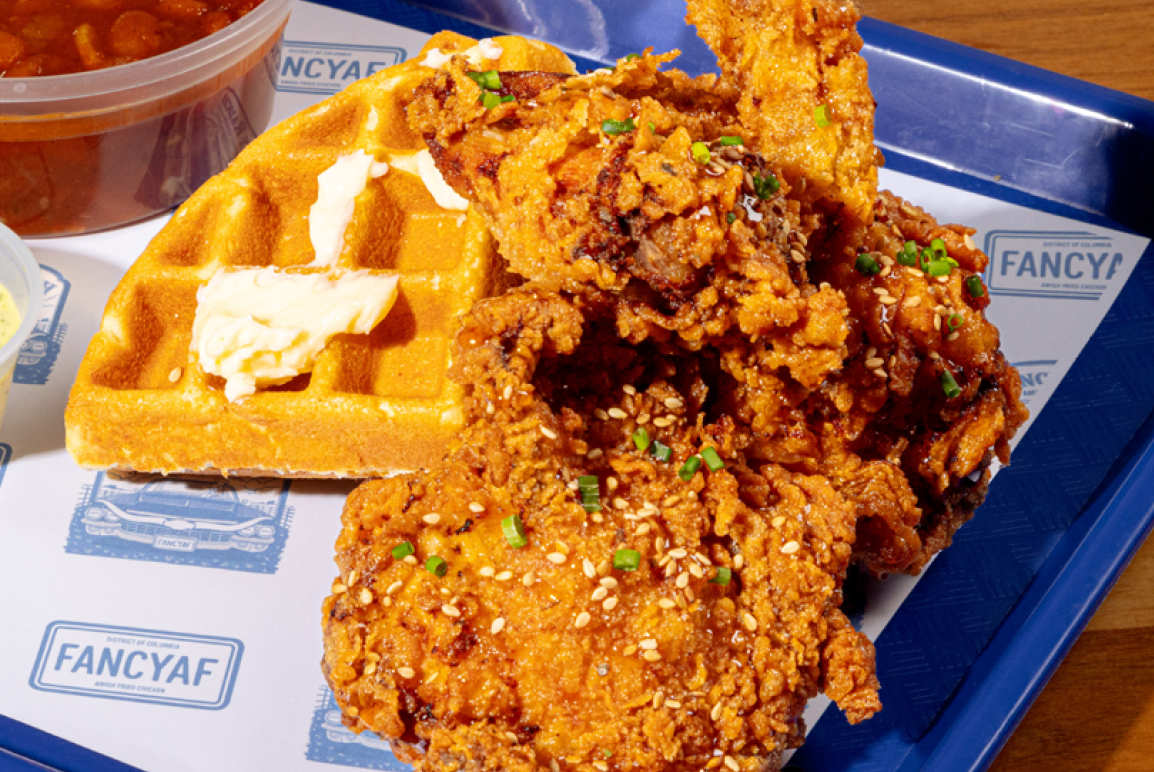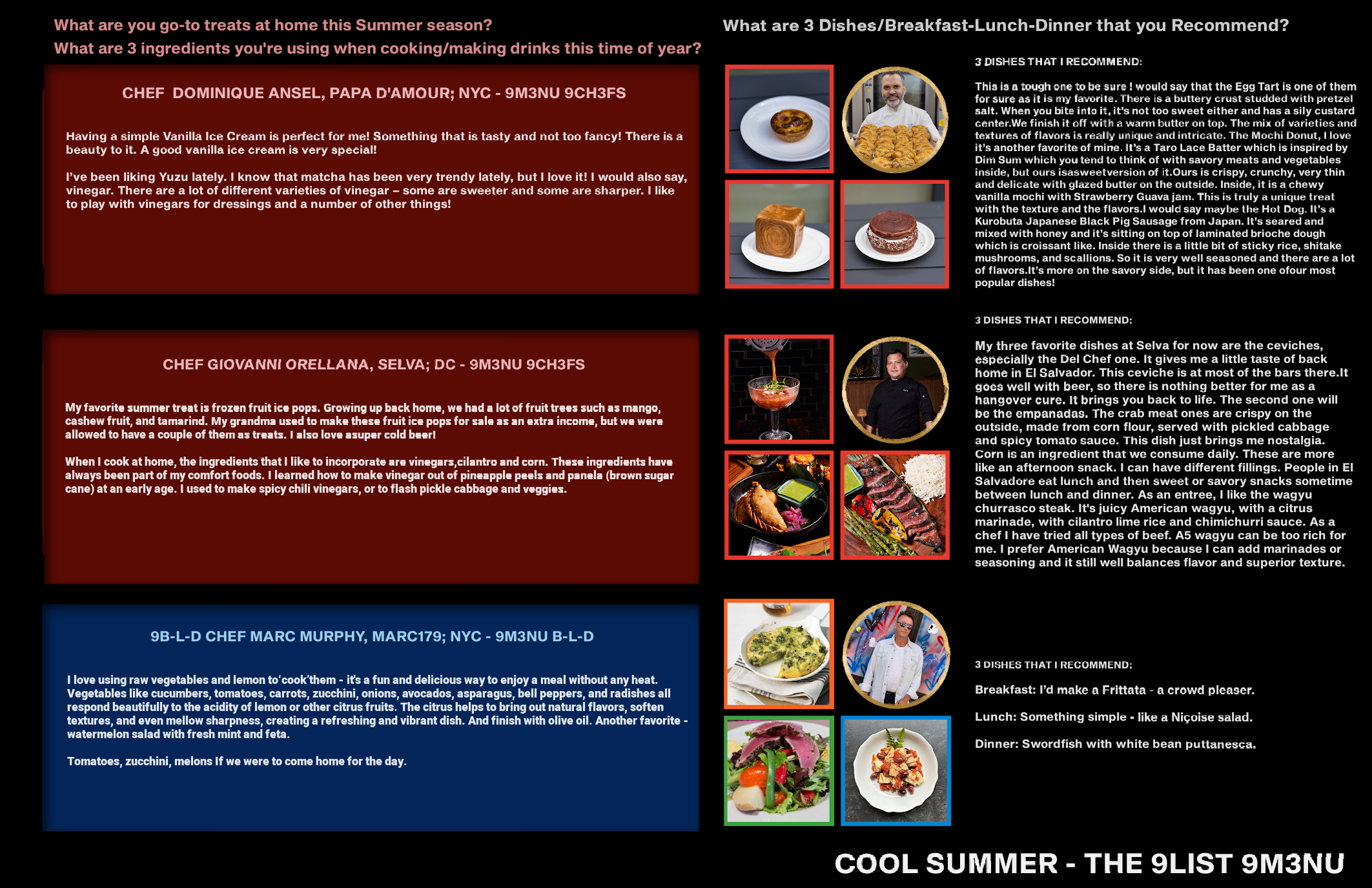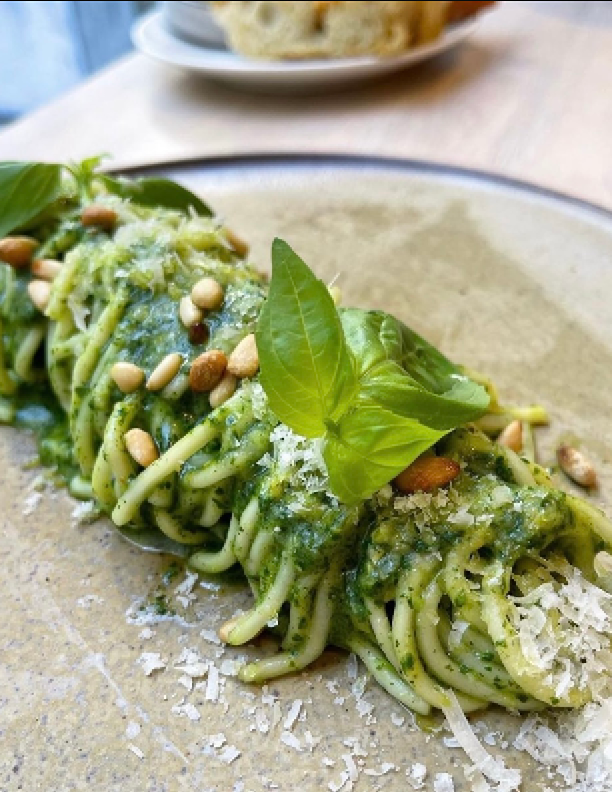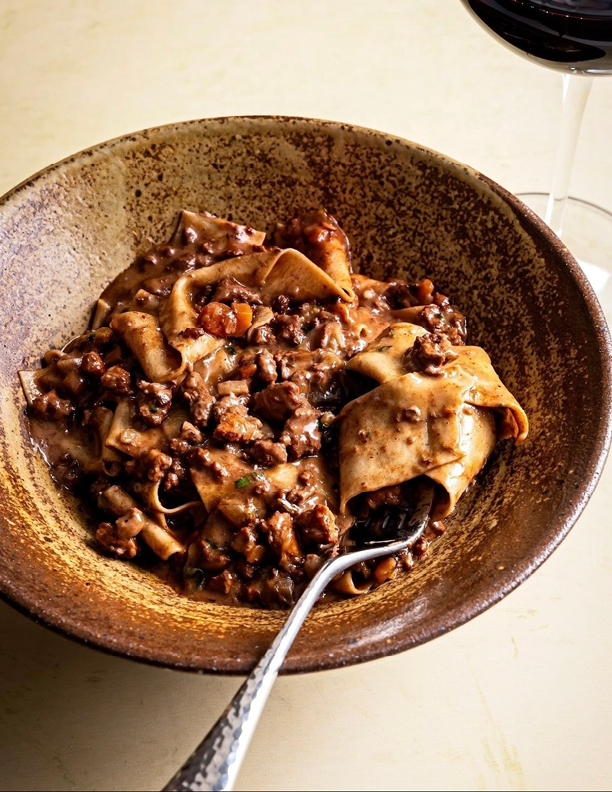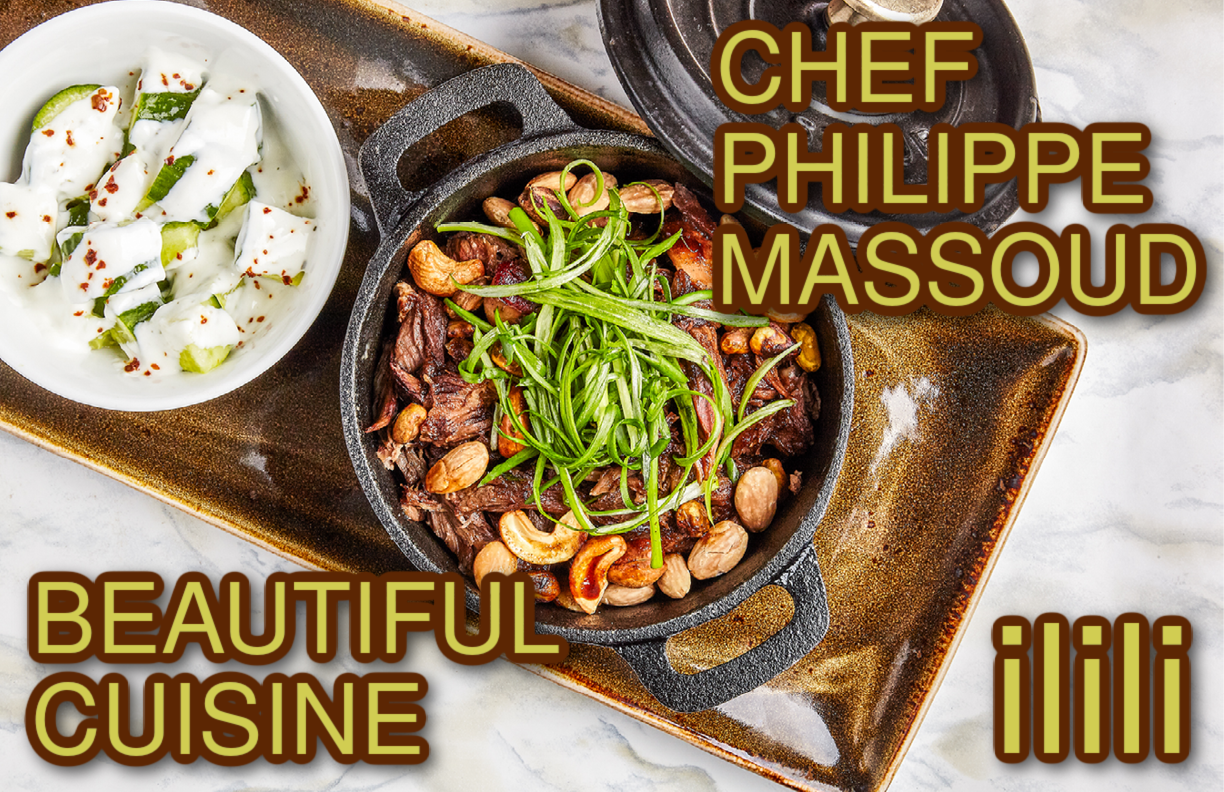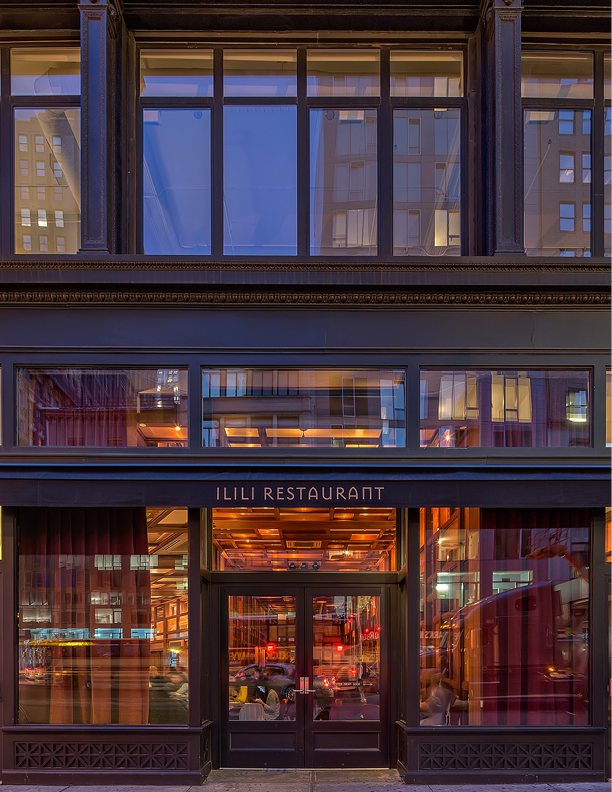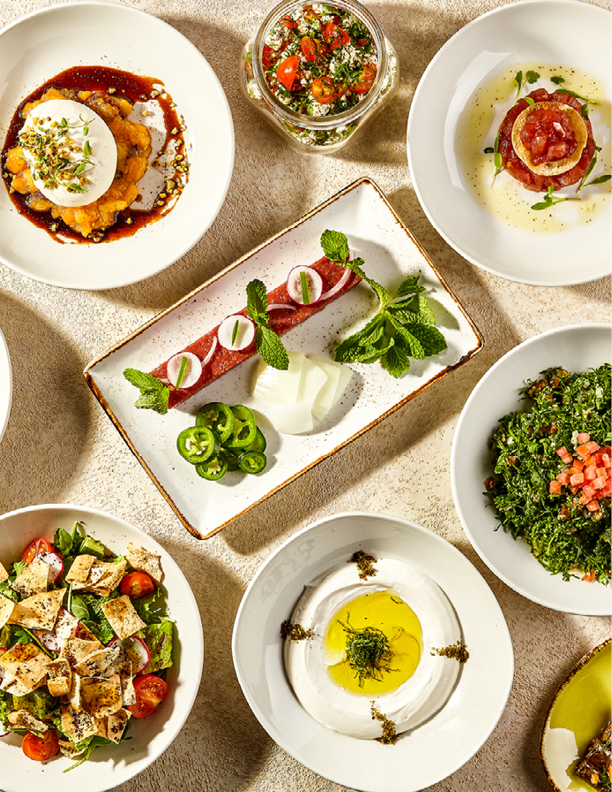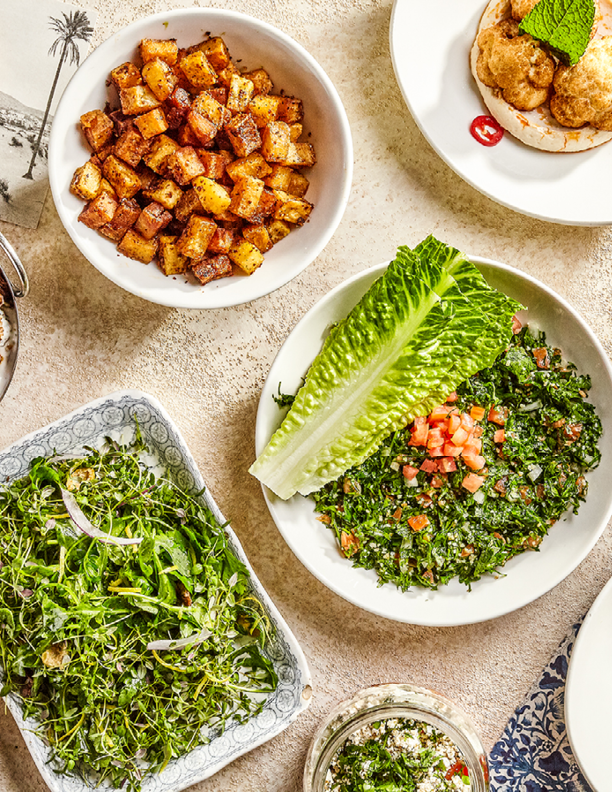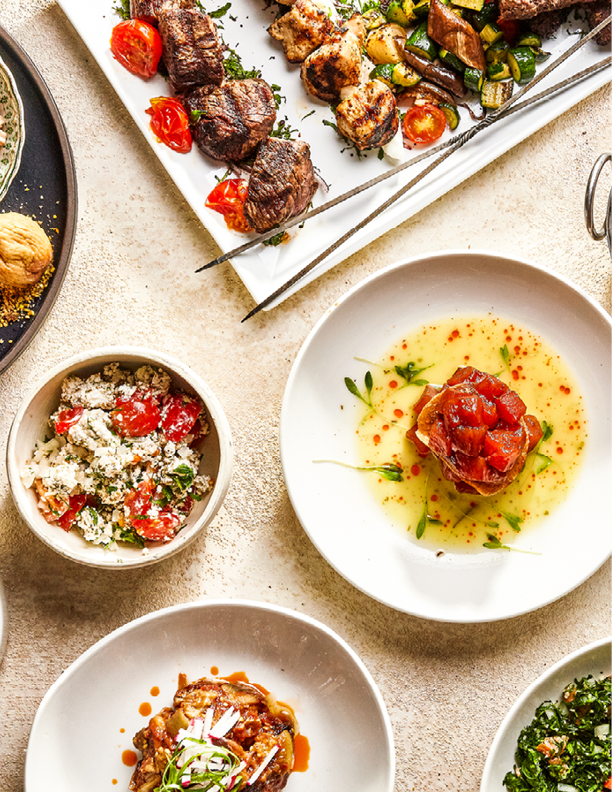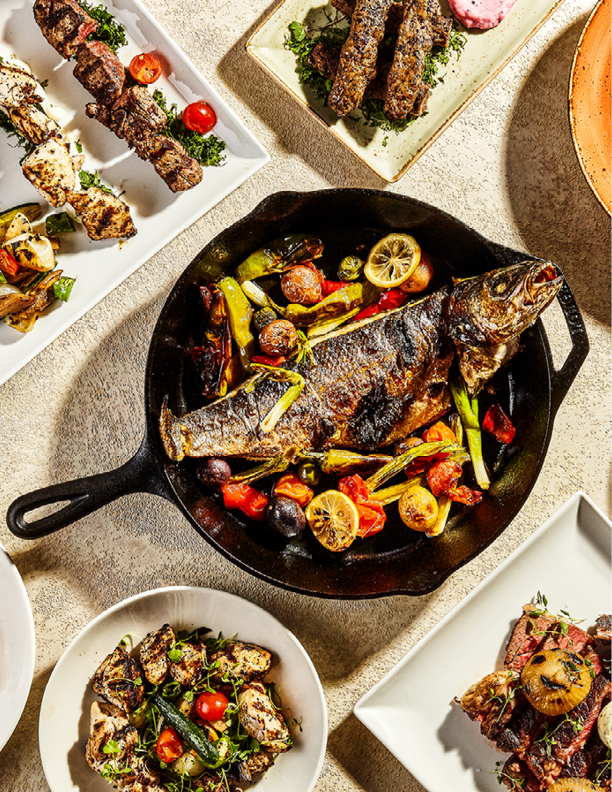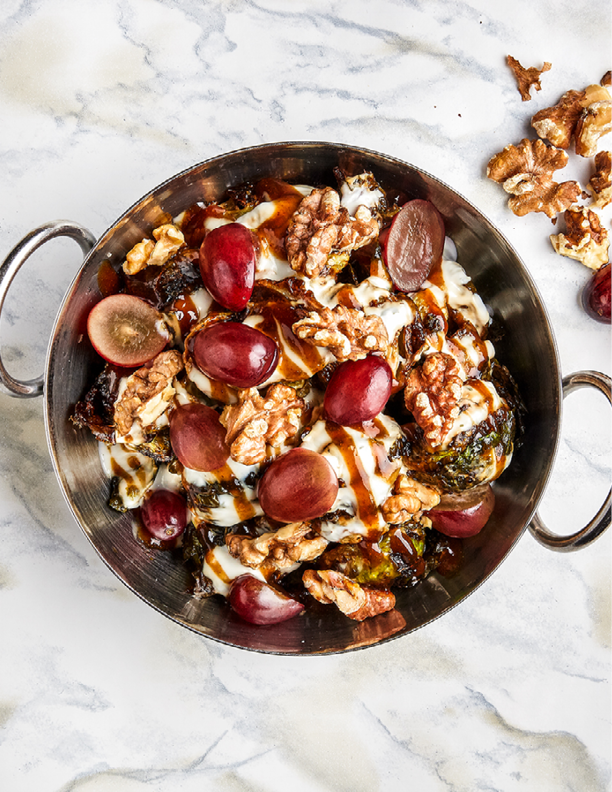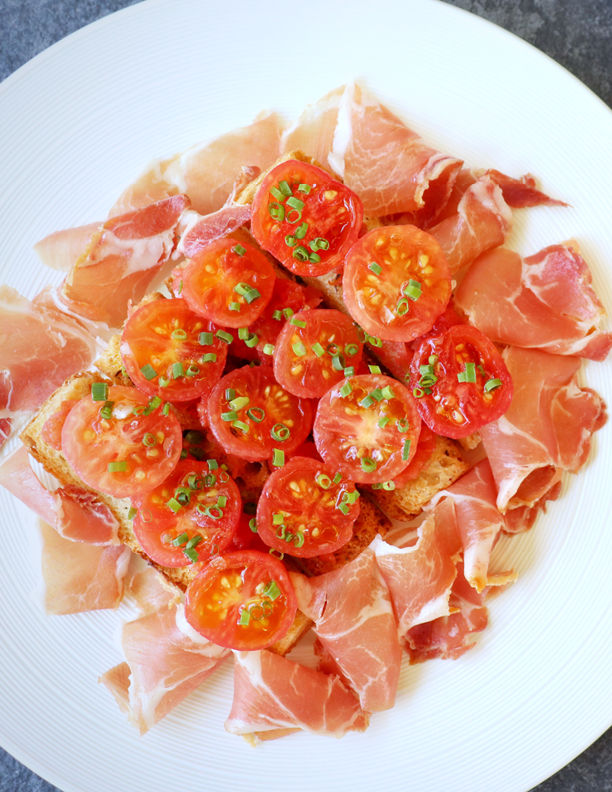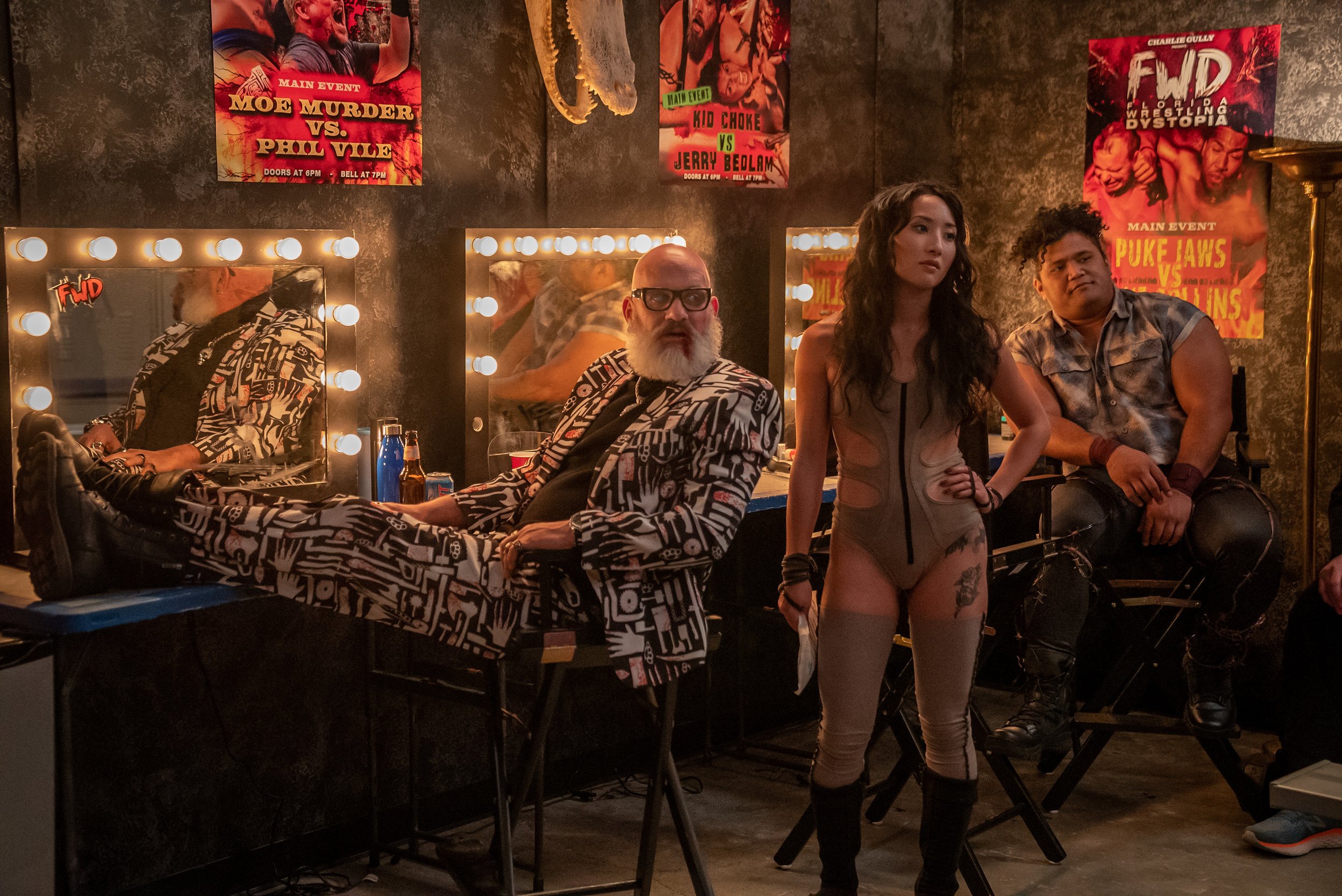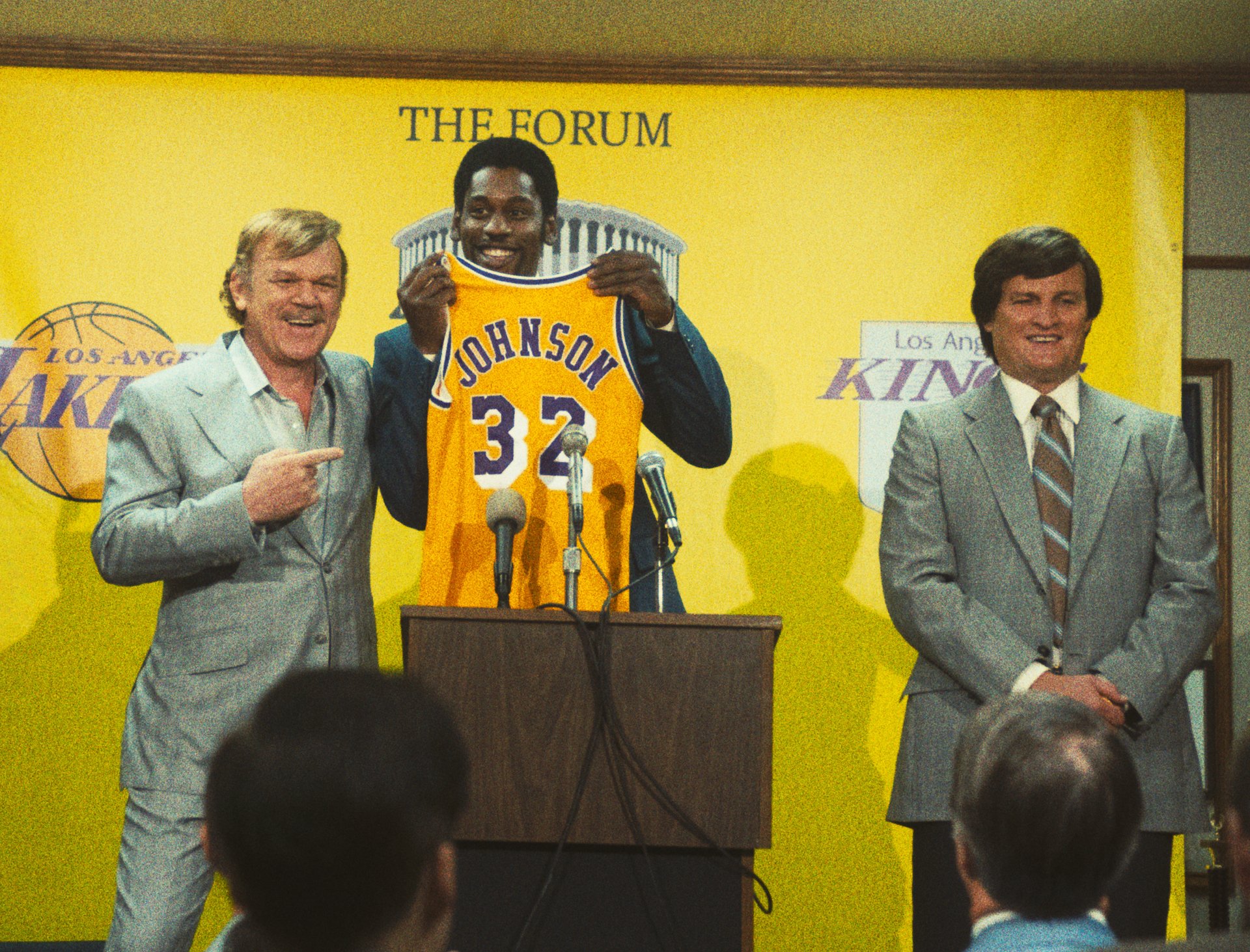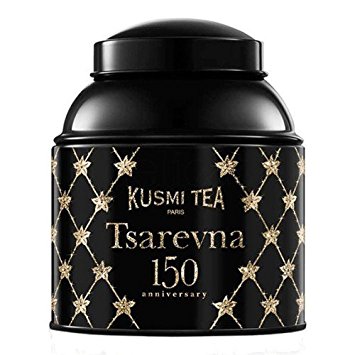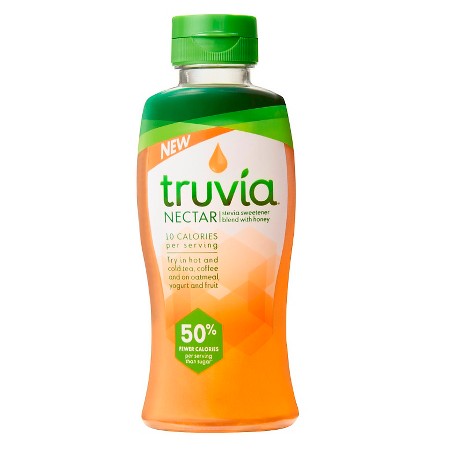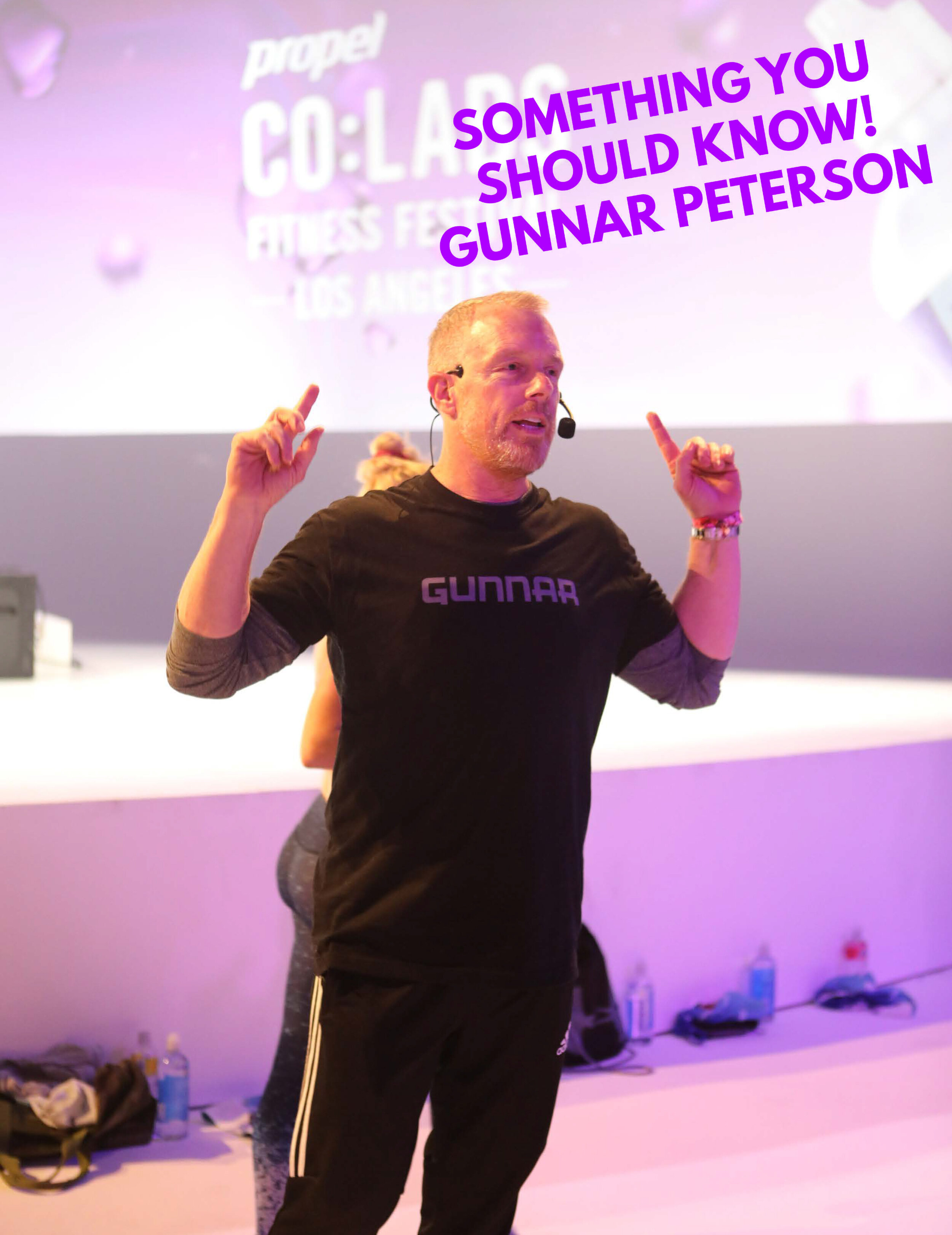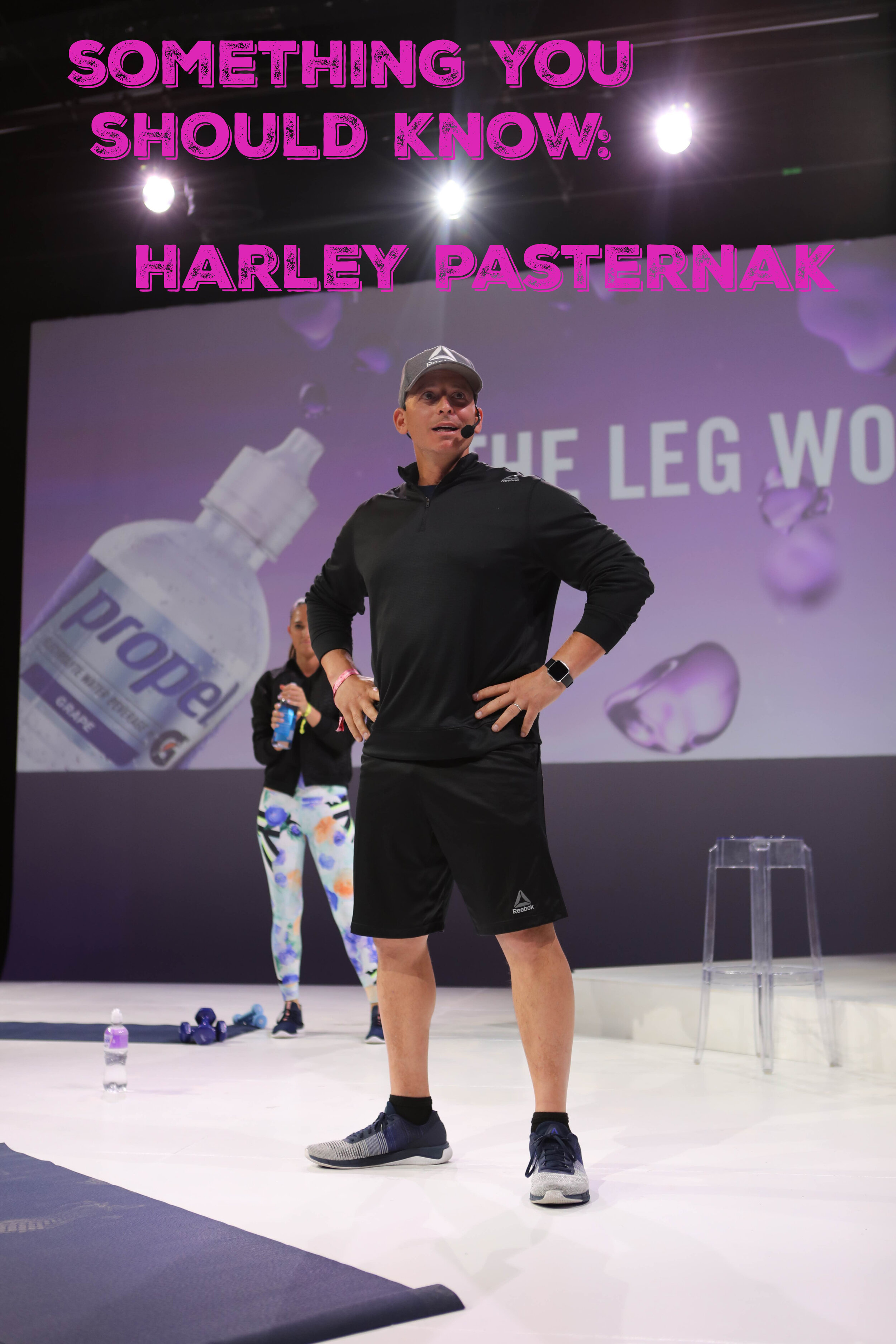We always love a sexy vibe and bold flavors which is exactly what you can expect when you’re at Selva located in DC. We can only imagine the epic nights that you can have here with friends, co-workers, and family when you want to feel like you’re taking a vacation without having to hop on a flight! In this month’s The Art of the Snack, we wanted to know more about the ambiance of this restaurant as well as what we should have in mind when we’re ordering here! We found this out and more while chatting with owner Antonis Karagounis, Chef Giovanni Orellana, and Bar Manager Denis Garcia.
ATHLEISURE MAG: Antonis, you’re known for your career in nightlife as well as being a restaurateur. Can you tell us about your background prior to Selva?
ANTONIS KARAGOUNIS: I am a seasoned entrepreneur and a cornerstone of Washington, D.C.’s vibrant nightlife and hospitality scene, with over 30 years of industry experience dating back to 1995. Throughout my career, I have played a pivotal role in establishing and shaping some of the city’s most iconic venues, including Lima Restaurant & Lounge, Ultrabar, Echostage, Soundcheck, Taqueria Local, Barcode Restaurant, Bar and Lounge, and Josephine. I am the owner/partner of Decades and Rewind diner, Zebbie’s Garden, Mayflower Club, and Latin-American-focused Selva.
I have a deep-rooted history with the building that now houses the Mayflower Club, having served as its promoter in the early 2000s when it was known as MCCXXIII (1223). My longstanding ties to this venue underscore his influence and commitment to D.C.’s entertainment landscape.
I am also the founder of Panorama Productions, Washington D.C.’s most successful promotions company. Panorama is renowned for making EDM mainstream in the nation’s capital through our flagship brand GLOW. Since 1999, GLOW has been bringing some of the world’s biggest DJs to D.C., VA, and MD.
With a reputation for innovation and excellence, I have significantly contributed to establishing D.C. as a key player in the national nightlife scene. My endeavors continue to influence the cultural fabric of the city, combining premier entertainment offerings with a passion for community and community engagement, and I serve on the DC Nightlife Council Board.
AM: Can you tell us about Chef Giovanni Orellana’s culinary background and how he came to Selva?
AK: Executive Chef, Culinary Director of Selva Rewind and Mayflower Chef Giovanni Orellan was born and raised in El Salvador and came to Washington, DC. He discovered his passion for the culinary arts while working at a South American restaurant in Silver Spring called Ceviche. It was there and later at DC’s iconic Lima Restaurant on K Street—that Gio realized the kitchen was his calling.
As a self-taught chef shaped by experience and instinct, Chef Orellana built his culinary foundation in some of the most recognized kitchens in the DC area. His resume includes the original Pesce seafood restaurant under Regine Palladin, Posto with Matteo Venini (of Stellina Pizzeria), and Barcode, as well as launching Greenhouse Bistro and Bulldog Pizza. Today, he brings his signature Latin dishes and ingredients to Selva. He is also the Culinary Director for Rewind and Mayflower in Dupont Circle.
Chef Gio’s approach to food is deeply personal. Raised by his grandparents on a self-sustaining farm in El Salvador, he learned to cook by watching his grandmother transform humble ingredients into nourishing, memorable meals. From foraging wild herbs to raising livestock, his early experiences on the farm instilled both a powerful work ethic and a lasting connection to food.
His menus are a tribute to that upbringing and the cultures that have shaped him—blending flavors from across Latin America with the techniques learned from his mentors. At Selva, the menu showcases dishes like Yuca Brava and Grilled Sardines—one a nostalgic street food from El Salvador, the other a nod to his time at Pesce.
Cooking is storytelling- whether he’s preparing a soulful black bean soup or a bold ceviche, his food is about connection—to his past, to his guests, and to the mentors who helped him along the way. His culinary ethos is simple but powerful: “love the food you make, and your guests will feel it.”
When he’s not in the kitchen, Chef Gio is traveling—often in search of new ideation for dishes and cultural inspiration. At home, you’ll find him cooking traditional Salvadoran seafood like Cóctel de Curiles (clam and shrimp ceviche), or enjoying guilty pleasures like pupusas, Chinese carryout, and canned sardines.
AM: For diners coming to Selva, what can you tell us about the ambiance of this restaurant?
CHEF GIOVANNI ORELLANA: We tried to connect the menu, to the ambiance of a jungle restaurant in Latin America with the decor and the plates.
AM: What cuisine can we expect when we come to Selva?
CHEF GO: A mix of Mediterranean and Latin American Infused with deep roots in Peru and El Salvador. Our Cuisine concept doesn’t specify a region, but represents iconic dishes across Latin America.
AM: What are the ingredients and spices that are indicative of the cuisine that is available here?
CHEF GO: Definitely ingredients sourced from the tropics, such as green plantain. With this, we make our plain chips and tostones. Corn dough naturally colored with annato seeds. Peppers’ purees that come straight from Peru. And my favorite is Yuca/cassava roots.
AM: What does Selva mean?
CHEF GO: Selva means jungle, but also means for me an homage to the dishes and ingredients I grew up with.
AM: Tell us about the a la carte menu as it is divided between the Cheese + Charcuterie, Ceviche, Tapas, Larger Plates, and Sides - why did you create the menu in this way?
CHEF GO: This menu was designed to create a sharing experience. Cheese and charcuterie are mainly from Spain. The condiments for it are very Latino. Guava paste goes really well with any cheese, and Homemade spicy escabeche (pickled veggies) is the perfect complement for jamón serrano. The Ceviches and tapas are a showcase of dishes from countries of Central and South America.
AM: What are 3 items from the Cheese + Charcuterie that you suggest that we should have in mind when dining with friends and family?
CHEF GO: For sure, try Jamón Iberico de Bellota. It is honestly one of the best jamones you’ll ever have. Cana de cabra cheese topped with wild honey to die for. Also, the Nduja spread with escabeche. Is just simply amazing.
AM: What are 3 items from the Ceviche, Tapas, and Larger Plates that we should consider?
SELVA: Ceviche del Chef is my favorite, very different compared to the South American ceviche styles. Yuca Brava is so far everyone’s favorite. The Wagyu Churrasco is juicy, even better with the chimichurri sauce.
AM: In terms of desserts, what are 3 that we should have in mind for our group when we come in?
CHEF GO: The homemade churros served with a side of warm Nutella dipping is the perfect dish to share with friends. Tres leches cakes with horchata and roasted pineapple will transport you back to your childhood if you’re Latino. The sorbets or Gelati flights are a good way to try a couple of exotic fruit flavors like lychee, mango, and Astek chocolate.
AM: As Bar Manager of Selva, tell us about your background.
DENIS GARCIA: I have been working in the D.C. restaurant scene for over a decade. In 2023, I joined The Mayflower as a bartender, quickly distinguishing myself with both his efficiency and craft cocktail skills. I soon transitioned into a management role at the company, where I led the development of seasonal cocktail menus—leaving a distinct creative mark on the guest experience. For the new cocktail menu at Selva, focused on bold, tropical flavors, drawing inspiration from the numerous countries I have lived in and visited over the years.
AM: Cocktails are always a great way to enjoy a lovely space, what are 3 that we should have in mind?
DG: One of my favorite drinks is the Caribe Spritz. It has bold tropical flavors of coconut and lime, and is topped off with prosecco to create a light finish. To my guests, I describe it as a vacation in a glass. Next, I really enjoy the Canton Viejo. It’s a riff off of a traditional old fashioned with lavender chamomile syrup to add some bright floral notes. It is a light, unexpected whiskey drink for those looking to get into whiskey. Lastly, I love the Selva Mezcal. As a passion fruit forward drink, It is the perfect balance of sweet and sour, all brought together with a subtle smokey flavor from the Mezcal.
IG @selvadc_
PHOTOGRAPHY CREDITS | Deb Lindsey
Read the AUG ISSUE #116 of Athleisure Mag and see THE ART OF THE SNACK | Selva in mag.

